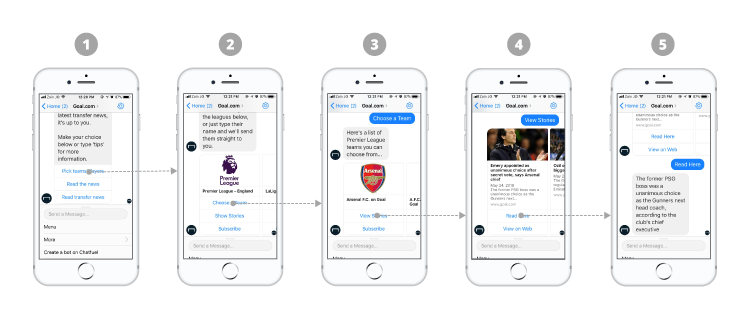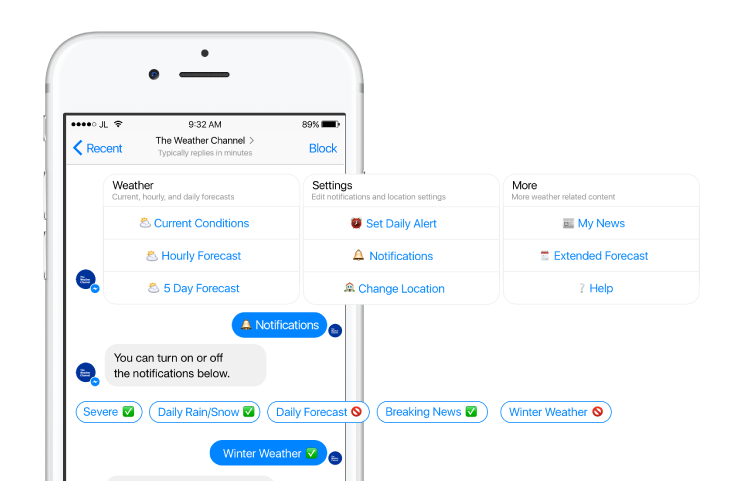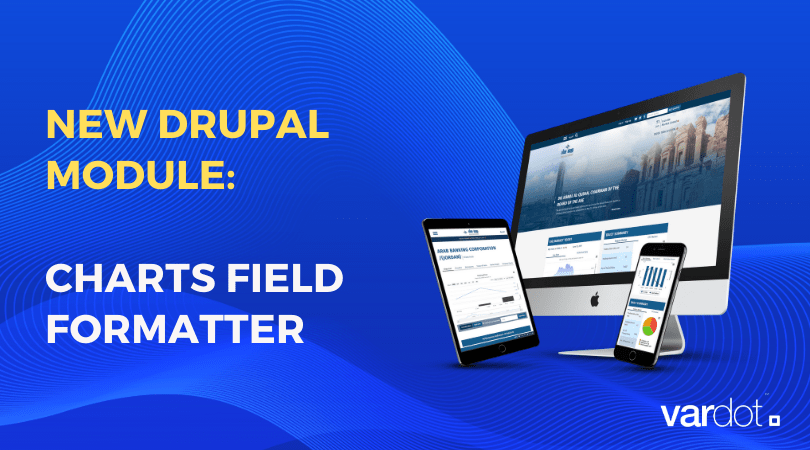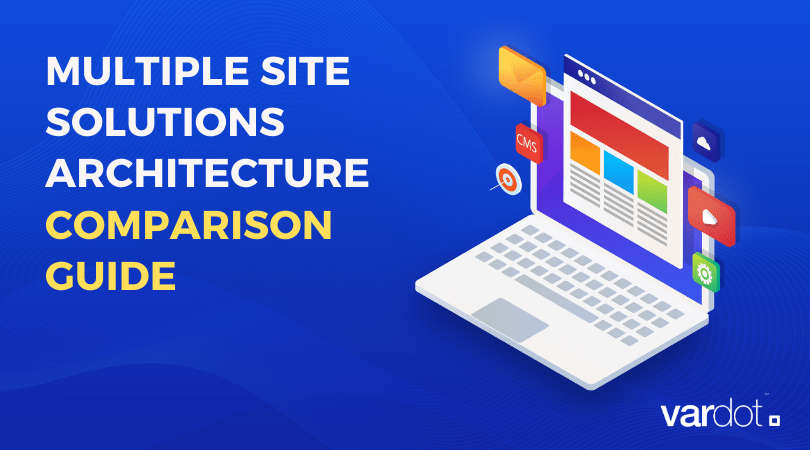- Solutions
- For Industry
- By Need
- Products
- VarbaseEnterprise CMS Distribution for Drupal
- Uber PublisherEnterprise Digital Media Platform Builder
- VardocDrupal Knowledge Base Platform
- Campaign StudioOpen Marketing Platform - by Acquia
- Open SocialSocial Business Platform - by Open Social
- Services
- Strategy
- Design
- Development
- Migration
- Support and MaintenanceSupport and Maintenance
- DevOps
- Digital Marketing

Datasheet

- Clients
- Ideas
- About
- Contact Us

How to Build a News Chatbot
The way people receive the news is changing. Newspapers and television programs are giving way to social media, as the average person stays up to date through platforms like Facebook (which, by the way, continues to take up a startlingly large amount of people’s time). New and disruptive technologies are also making their presence felt in the news industry, as developers create smarter algorithms to propel engagement, toy around with AI voice, and design chatbots.
This article will tackle the latter at length, and guide you through the basics of creating a news chatbot using a Drupal backend framework. We’ll be taking a broad approach to the subject, also touching on points such as strategy and branding along the way --after all, what good is a chatbot for your brand, if it doesn’t put your brand identity front and center?
1. Ask Yourself “Why?”

Before anything else, it’s important for your business to start with a clear end goal for your chatbot. You already know that it’s a popular and engaging way for your readers to interact with your service, find answers to their most frequently asked questions, and receive timely updates whenever you have fresh content to push. Given that chatbots are your ticket to a broad segment of users, what specific targets are you setting out to reach?
Map out your marketing goals, and see which of them are best achieved using a chatbot. If you’re after greater brand equity, it might pay off to design a sophisticated chatbot capable of answering a wide set of possible questions that your readers might have. Likewise, if you’re after a higher click-through rate or more conversions, you’d do well to design a chatbot that pushes fresh content to your audience at peak hours (i.e. when they’re most likely to be online, with free time to learn something interesting about current events).
Also, take the time to read up on the latest trends in chatbot design. You’ll find that developers in the Drupal community are hard at work producing faster, more seamless chatbot APIs. You might learn that the interface can solve problems you didn’t know you had.
2. Build a Detailed Set of Use Cases and a User Flow

After defining your chatbot’s purpose, start work on building a set of use cases and user flows.
In simple terms, use cases are a set of situations where your chatbot application would prove useful to your customers and to your business efforts. They cover things like query intent (what kinds of questions your audience is likely to ask), content leveraging (how and when you message your audience about new content), and brand equity (miscellaneous quirks and gimmicks your chatbot might adopt to build your brand identity). Building a set of use cases is equivalent to deciding on your chatbot’s selling points: sharpening your focus and arriving at a clear picture of how your chatbot will improve your audience’s experience with your service.
User flow, on the other hand, simply refers to the user experience that your audience will have when interacting with your chatbot. This is where the more creative side of chatbot design comes in --you’ll be asking questions about expected response times, the “voice” that your chatbot will carry, and other subjects that relate to connecting with your audience. Feel free to make your brand stand out, and think big when visualizing your user flows; don’t be like the other chatbots that feel generic and stale.
3. Convey a Friendly Brand

This next step is a bit of a caveat to our last piece of advice. As unique as you want your chatbot to be, remember that the vast majority of your users are used to using chat platforms like Facebook Messenger as a means of communicating with real, living people. Having a chatbot that sounds over-the-top, or comes across like it’s trying too hard can be a good way to alienate your audience rather than engage it.
Conveying a friendly brand is the best rule of thumb. When designing a chatbot for text platforms, be sure to speak the language of your audience (this means working closely with your marketing team to find out how your users speak). The right use of emojis and a casual but authoritative tone are good steps towards placing your brand on the friendlier end of things.
Take a page from CNN’s recent experiment with designing a chatbot for Facebook and LINE. Not only do they manage to offer their users a clever set of features such as headlines for the day, but they’ve found a voice that manages to convey the CNN brand of professionalism while maintaining a chat-friendly tone.
4. Integrate Your Chatbot with Your Digital Platform

The final step is, naturally, to polish your chatbot and import it to your business’ Facebook page (or whatever platform you plan to use to host it). This is easier said than done, but a good number of digital solutions make the execution process quick and intuitive.
Many platforms allow for integration, but a large number of businesses and developers rely on Drupal for integration. The backend framework makes it easy to access a large and growing community of people intent on creating chatbots for business, and you’re guaranteed to find a good number of guides on using Drupal to design a powerful and effective chatbot.
Manifesto recently uploaded a thorough tutorial on building a chatbot through Drupal, and many others have weighed in on the best practices for designing a chatbot to answer questions and push content.

Conclusion
Chatbots are leading the charge when it comes to redefining the way news outlets reach out to their target audiences. More and more news media professionals are catching on to the fact that chatbots are great for staying relevant and driving conversion rates higher --in fact, CNN described the success of their experiment at length in an interview with The Drum.
Thanks to systems like Drupal, there’s virtually no limit to the ways your news service can take advantage of the rising trend. Jump aboard social network marketing’s rising star, and take the steps to build a chatbot today.
- Tips



